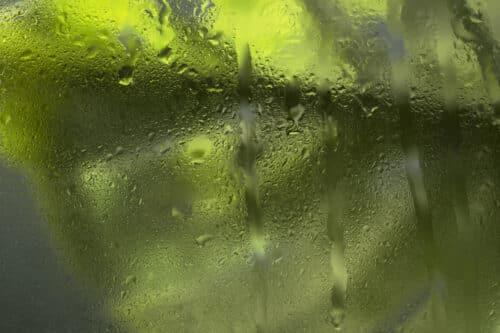Researchers have developed novel fiber-optic sensors using graphene oxide(GO)/polyelectrolyte nanocomposite for quick and accurate humidity monitoring

Fiber-optic Sensors are very popular in many sectors due to their exceptional characteristics and there is great demand for fiber-optic sensors with a broad RH range, high responsiveness, quick response, minimal wet hysteresis, and temperature interference. But there are a few drawbacks to using them in real-world applications such as balancing the humidity responsiveness, selectivity, temperature interference, and wet hysteresis of these fiber-optic sensors. To overcome these problems, a recent study published in the journal ACS Applied Materials & Interfaces describes a novel method of developing fiber-optic sensors by depositing a multifunctional graphene oxide(GO)/polyelectrolyte nanocomposite layer over an excessively tilted fiber grating (ex-TFG) that can perform rapid humidity sensing, high sensitivity, fast reaction, low hysteresis, and temperature interference.
Excessively tilted fiber grating (ex-TFG): Fiber structure can affect the characteristics of fiber-optic sensors. Implementing conventional fibers such as hetero-core, etched, and side-polished fibers results in substantial optical loss, compromising the sensor’s resilience, ease of operation, and reproducibility. To avoid this, the excessively tilted fiber grating (ex-TFG) is implemented that can conveniently be used for multifunctional detection systems due to its distinctive cladding-mode correlation and temperature indifference.
Graphene oxide: Polyelectrolyte-based polymers, such as polyacrylic acid (PAA), are used in combination with graphene oxide to avoid the slip-off of the fiber interface due to its weak molecular bonding. Hence, the combination results assist in achieving high hydrophilicity and fast absorption and dissociation. The researchers postulated that the collaboration of ex-TFG and responsive graphene oxide (GO)/polyacrylic acid (PAA) nanocomposite moisture-sensitive sheet will result in an excellent and well-balanced fiber-optic sensor for humidity measurement without compromising the fiber. It also exhibits the possibility to explore and illustrate the efficiency of moisture-sensitive substances.
The fiber-optic sensor developed in the above research had a high sensitivity of 138.7 pm and a reaction time of fewer than 2 seconds. They also showed excellent stability over long-term continuous testing, low hysteresis, and temperature interferences. These proposed fiber-optic sensors with multifunctional graphene oxide sheets also provide other advantages such as easy manufacturing and low-cost functioning. These sensors can also be implemented in designing a framework for tracking human breathe, making them ideal for instant detection of respiratory diseases.
Click here for the Published Research Paper






